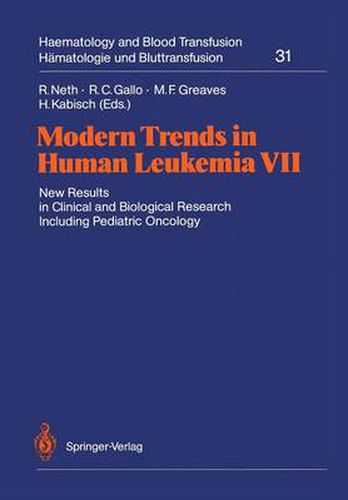Readings Newsletter
Become a Readings Member to make your shopping experience even easier.
Sign in or sign up for free!
You’re not far away from qualifying for FREE standard shipping within Australia
You’ve qualified for FREE standard shipping within Australia
The cart is loading…






This title is printed to order. This book may have been self-published. If so, we cannot guarantee the quality of the content. In the main most books will have gone through the editing process however some may not. We therefore suggest that you be aware of this before ordering this book. If in doubt check either the author or publisher’s details as we are unable to accept any returns unless they are faulty. Please contact us if you have any questions.
Ideo autem omnes ad consilium vocari diximus, quia saepe iuniori Dominus revelat quod melius est. * Benedictus de Nursia Regula Benedicti, ca. 550 A. c. Caput III,3 The Wilsede Meetings were initiated in 1973 as an unusual experiment, and in the meantime this biennial symposium has already come to constitute an established and successful tradition. In June 1986 scientists and physicians met for the seventh time in the 3- year-old Emmenhof in Wilsede, in the heart of the Liineburg Heath, to dis- cuss modern trends in human leukemia. It was Pappenheim who in 1910 prepared the first international hematol- ogy congress. It was to have been held in Berlin under the title Der groBe mononukleiire Leukozyt Ehrlichs, seine Morphologie und Funktion, seine Herkunft und seine Benennung (Ehrlich’s large mononuclear leukocyte. Its morphology, function, origin, and name), which was the most important and topical question at that time. It is amazing to think that as early as 1900, thanks to the pioneering research of Maximov and the innovative staining method developed by Ehrlich, the differentiation of the blood cells had, to a large extent, already been discovered. It is a sad fact that this congress never took place due to personal controversies among leading hematol- ogists, especially between Pappenheim and the Austrian hematologist Tiirk. Fortunately the Wilsede Meetings have never incurred this type of per- sonal controversies. On the contrary, both matter-of-fact discussions at a high scientific level and the development of personal friendships have always characterized their singular atmosphere.
$9.00 standard shipping within Australia
FREE standard shipping within Australia for orders over $100.00
Express & International shipping calculated at checkout
This title is printed to order. This book may have been self-published. If so, we cannot guarantee the quality of the content. In the main most books will have gone through the editing process however some may not. We therefore suggest that you be aware of this before ordering this book. If in doubt check either the author or publisher’s details as we are unable to accept any returns unless they are faulty. Please contact us if you have any questions.
Ideo autem omnes ad consilium vocari diximus, quia saepe iuniori Dominus revelat quod melius est. * Benedictus de Nursia Regula Benedicti, ca. 550 A. c. Caput III,3 The Wilsede Meetings were initiated in 1973 as an unusual experiment, and in the meantime this biennial symposium has already come to constitute an established and successful tradition. In June 1986 scientists and physicians met for the seventh time in the 3- year-old Emmenhof in Wilsede, in the heart of the Liineburg Heath, to dis- cuss modern trends in human leukemia. It was Pappenheim who in 1910 prepared the first international hematol- ogy congress. It was to have been held in Berlin under the title Der groBe mononukleiire Leukozyt Ehrlichs, seine Morphologie und Funktion, seine Herkunft und seine Benennung (Ehrlich’s large mononuclear leukocyte. Its morphology, function, origin, and name), which was the most important and topical question at that time. It is amazing to think that as early as 1900, thanks to the pioneering research of Maximov and the innovative staining method developed by Ehrlich, the differentiation of the blood cells had, to a large extent, already been discovered. It is a sad fact that this congress never took place due to personal controversies among leading hematol- ogists, especially between Pappenheim and the Austrian hematologist Tiirk. Fortunately the Wilsede Meetings have never incurred this type of per- sonal controversies. On the contrary, both matter-of-fact discussions at a high scientific level and the development of personal friendships have always characterized their singular atmosphere.